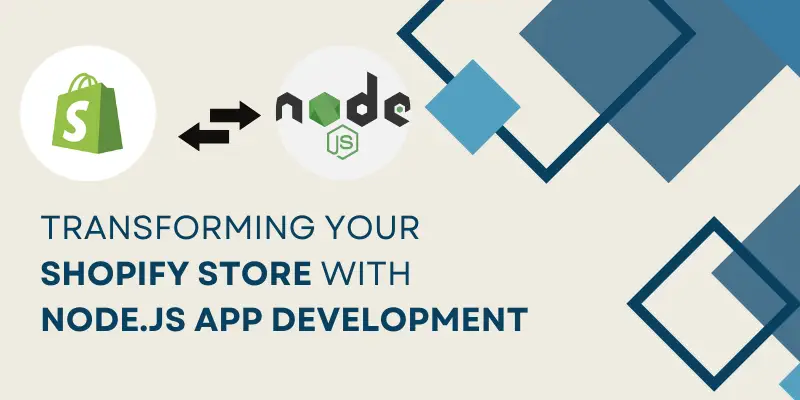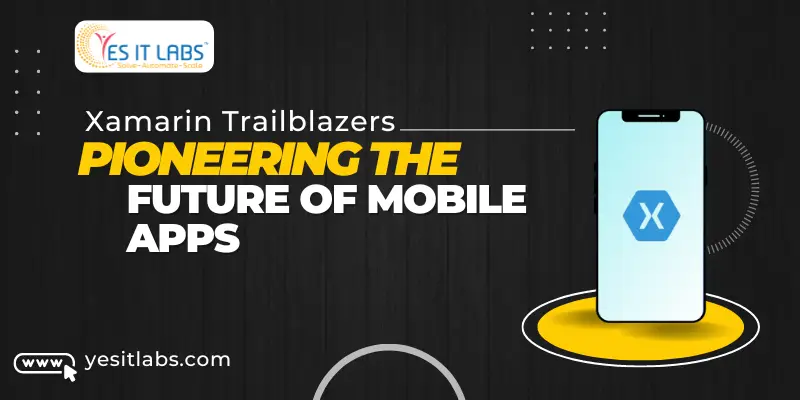
 By Olive Peterson
By Olive Peterson Web Apps vs. Cloud Apps: Which is Right for You?
Hey there! If you’re diving into the world of digital solutions, you’ve probably heard the terms “web apps” and “cloud apps” thrown around quite a bit. But what exactly are they, and which one suits your needs better? Don’t fret; we’re here to break it down for you in simple terms.
Understanding Web Apps
Let’s start with web apps. These are applications accessed via a web browser over the internet. Think of Facebook, Gmail, or Netflix. You don’t need to download or install anything on your device to use them; you just open your browser, type in the URL, and voila! You’re in.
Web apps are built using web technologies like HTML, CSS, and JavaScript. They run on remote servers, which means you’re essentially interacting with a website that offers dynamic functionality. This makes web apps platform-independent – they work on any device with a compatible browser and internet connection.
Pros of Web Apps
- Cross-Platform Compatibility: Since web apps run on browsers, they’re accessible across different devices and operating systems, be it a laptop, tablet, or smartphone.
- Ease of Updates: Developers can push updates instantly since users access the latest version every time they visit the app through their browser.
- No Installation Required: Users don’t need to download or install anything, which reduces friction and makes it easy to onboard new users.
Cons of Web Apps
- Limited Offline Functionality: Web apps require an internet connection to function. While some features may work offline through caching, the full functionality often depends on connectivity.
- Performance: Since web apps rely on internet speed and server performance, they may experience lag or slower load times compared to native apps.
Now, let’s shift our focus to cloud apps.
Understanding Cloud Apps
Cloud apps, also known as Software as a Service (SaaS), are applications hosted and accessed entirely over the internet. They leverage cloud computing infrastructure to deliver software solutions to users on-demand. Examples include Google Workspace, Microsoft 365, and Salesforce.
Cloud apps encompass a wide range of functionalities, from project management and customer relationship management to accounting and human resources. They’re typically subscription-based, with users paying for access to the software on a monthly or yearly basis.
Pros of Cloud Apps
- Scalability: Cloud apps can easily scale up or down based on user demand without requiring additional infrastructure investments from the user’s end.
- Automatic Updates: Users always have access to the latest features and security patches without needing to manually update the software.
- Accessibility: Since cloud apps are hosted on remote servers, users can access them from anywhere with an internet connection, making remote work and collaboration seamless.
Cons of Cloud Apps
- Dependency on Internet Connection: Similar to web apps, cloud apps require a stable internet connection for optimal performance. Users may face disruptions in service during internet outages.
- Data Security Concerns: Storing sensitive data on remote servers raises concerns about data privacy and security breaches. Users must trust the cloud service provider to safeguard their information adequately.

which one is right for you – web apps or cloud apps?
It ultimately depends on your specific requirements and preferences.
Choose Web Apps If:
- You need a cost-effective solution that works across different devices and platforms.
- Offline functionality isn’t critical for your application.
- You prefer a lightweight, browser-based solution with instant updates.
Choose Cloud Apps If:
- You require scalability and flexibility to accommodate growing business needs.
- Accessibility and collaboration are essential for your team, especially in remote work settings.
- Automatic updates and maintenance are preferable to manual software management.
What is the difference between cloud services and web services?
Cloud services and web services are often used interchangeably, but they serve different purposes and operate on different levels of abstraction within the realm of technology. Let’s break down the differences between the two:
Cloud Services:
- Definition: Cloud services refer to any service or resource made available to users over the internet from cloud computing providers’ servers. These services encompass a wide range of offerings, including infrastructure, platforms, and software, delivered over the internet on a pay-as-you-go basis.
- Examples: Infrastructure as a Service (IaaS), Platform as a Service (PaaS), and Software as a Service (SaaS) are all examples of cloud services. Common providers include Amazon Web Services (AWS), Microsoft Azure, and Google Cloud Platform (GCP).
- Functionality: Cloud services provide scalable and on-demand access to computing resources, allowing businesses to offload their IT infrastructure management to third-party providers. They offer flexibility, scalability, and cost-effectiveness, making them ideal for businesses of all sizes.
- Usage: Cloud services are utilized for a variety of purposes, including data storage, application hosting, development and testing environments, big data analytics, and more.
Web Services:
- Definition: Web services are software systems designed to support interoperable machine-to-machine interaction over a network. They enable different applications to communicate with each other and exchange data and functionality regardless of the platform or programming language they are built upon.
- Examples: Web services can be categorized into two main types: SOAP (Simple Object Access Protocol) and REST (Representational State Transfer). SOAP is a protocol for exchanging structured information using XML, while REST is an architectural style for designing networked applications using HTTP.
- Functionality: Web services provide a standardized way for applications to communicate and share data over the internet. They allow disparate systems to integrate seamlessly, enabling functionalities such as data retrieval, data manipulation, and business process automation.
- Usage: Web services are commonly used in various domains, including e-commerce, enterprise integration, mobile applications, and IoT (Internet of Things) devices. They facilitate integration between different systems, enabling businesses to streamline processes and improve efficiency.
Key Differences:
- Scope: Cloud services encompass a broader range of offerings, including infrastructure, platforms, and software, while web services specifically focus on facilitating communication and data exchange between applications over the internet.
- Delivery Model: Cloud services are delivered over the internet from remote servers managed by cloud computing providers, whereas web services are software systems designed to support interoperable communication between applications regardless of their physical location.
- Purpose: Cloud services are primarily aimed at providing scalable and on-demand access to computing resources, while web services are focused on enabling interoperability and data exchange between different software systems.
While cloud services and web services are related concepts that both leverage the power of the internet, they serve distinct purposes within the realm of technology. Cloud services provide infrastructure, platforms, and software delivered over the internet, while web services facilitate interoperable communication between applications.
In conclusion
Both web apps and cloud apps offer unique advantages and cater to different use cases. Whether you’re a small business owner looking for a flexible collaboration tool or a developer seeking a scalable software solution, understanding the differences between these two options will help you make an informed decision.
Remember, if you’re in need of professional assistance in developing either a web app or a cloud app, consider reaching out to a reputable web development company. They can guide you through the process, from conceptualization to deployment, ensuring that your digital solution aligns with your business goals and requirements.
So, what’s your pick – web apps or cloud apps? Let us know in the comments below!
Latest Resources
Transforming Your Shopify Store with Node.js App Development
April 30, 2024
Xamarin Trailblazers: Pioneering the Future of Mobile Apps
April 29, 2024






















 Services
Services


